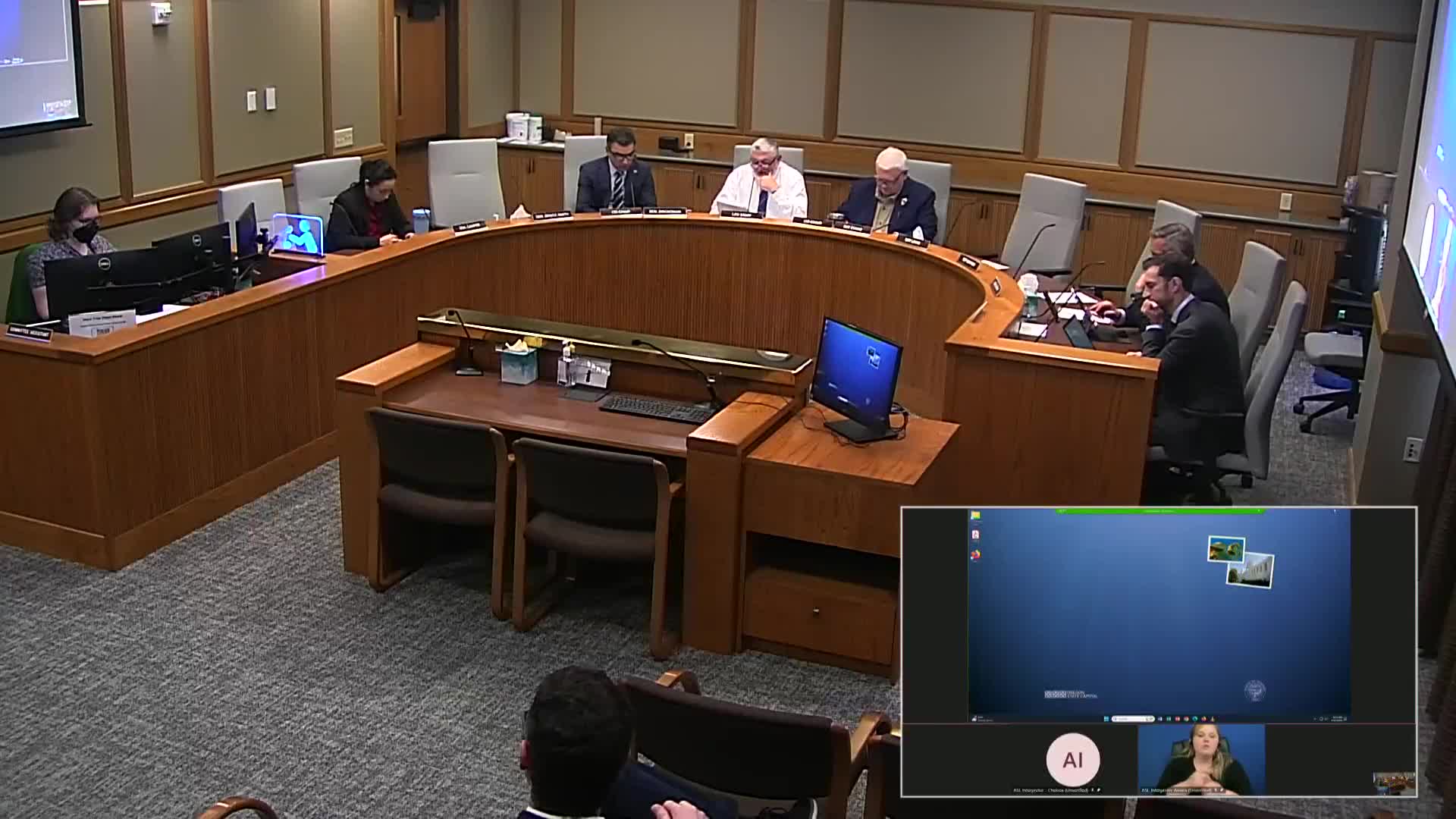LFO recommends $98.9M budget increase for public safety and training divisions
May 21, 2025 | Public Safety, Ways and Means, Joint, Committees, Legislative, Oregon
This article was created by AI summarizing key points discussed. AI makes mistakes, so for full details and context, please refer to the video of the full meeting. Please report any errors so we can fix them. Report an error »

During a recent meeting of the Joint Committee on Ways and Means Subcommittee on Public Safety, Oregon legislators discussed the proposed budget for the upcoming biennium, totaling approximately $98.9 million. This budget reflects a 1.7% increase from the current service level, with a notable 12.9% rise in general fund allocations.
The budget is primarily supported by the criminal fines account, which underscores the reliance on these funds for public safety initiatives. The breakdown of the budget includes $9.9 million from the general fund, $81 million from other funds, and nearly $8 million in federal funds, supporting a total of 184 positions and 182.75 full-time equivalents (FTE).
Key divisions within the budget were highlighted, including the Division of Criminal Justice Standards and Training, which operates entirely on other funds with a budget of over $45 million and no changes from the previous service level. The Fire Standards and Training Division also remains stable, with a budget of approximately $6.3 million.
A significant point of discussion was the Bridal Security and Investigators Division, which has a proposed increase of $500,000 to address fee hikes for private security providers and investigators. This adjustment aims to ensure that these entities can continue to operate effectively amid rising costs.
Additionally, the administration and support services division received modifications, including $1.1 million from the emergency fund for repairs to the Training Village building, which has faced structural issues. This funding will be reappropriated to complete the project in the next biennium.
The meeting concluded with a review of the High Intensity Drug Trafficking Area division, which is funded entirely by federal sources, maintaining its budget without modifications.
Overall, the discussions during this meeting reflect a commitment to enhancing public safety funding while addressing the financial challenges faced by various divisions. As the budget moves forward, the implications of these allocations will be closely monitored by both legislators and the communities they serve.
The budget is primarily supported by the criminal fines account, which underscores the reliance on these funds for public safety initiatives. The breakdown of the budget includes $9.9 million from the general fund, $81 million from other funds, and nearly $8 million in federal funds, supporting a total of 184 positions and 182.75 full-time equivalents (FTE).
Key divisions within the budget were highlighted, including the Division of Criminal Justice Standards and Training, which operates entirely on other funds with a budget of over $45 million and no changes from the previous service level. The Fire Standards and Training Division also remains stable, with a budget of approximately $6.3 million.
A significant point of discussion was the Bridal Security and Investigators Division, which has a proposed increase of $500,000 to address fee hikes for private security providers and investigators. This adjustment aims to ensure that these entities can continue to operate effectively amid rising costs.
Additionally, the administration and support services division received modifications, including $1.1 million from the emergency fund for repairs to the Training Village building, which has faced structural issues. This funding will be reappropriated to complete the project in the next biennium.
The meeting concluded with a review of the High Intensity Drug Trafficking Area division, which is funded entirely by federal sources, maintaining its budget without modifications.
Overall, the discussions during this meeting reflect a commitment to enhancing public safety funding while addressing the financial challenges faced by various divisions. As the budget moves forward, the implications of these allocations will be closely monitored by both legislators and the communities they serve.
View full meeting
This article is based on a recent meeting—watch the full video and explore the complete transcript for deeper insights into the discussion.
View full meeting
